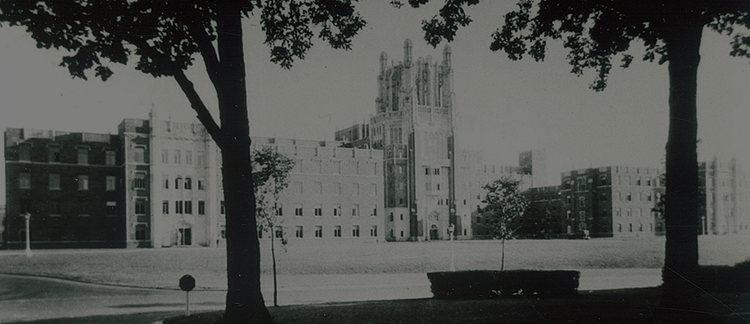Abstract
Objective: One-third of women with epithelial ovarian cancer are resistant to standard platinum-based chemotherapy, and insufficient data exist in predicting response to chemotherapy. We describe the clinical and pathological factors of patients with complete and incomplete response to treatment.
Method: In this retrospective study, data was reviewed from 75 medical charts of 243 patients with primary epithelial ovarian cancers as a preliminary study. All patients underwent chemotherapy and cytoreductive surgery for primary disease. Fifty-six patients had complete response (CR) to chemotherapy and 19 had incomplete response (IR). Fifty-eight and 17 patients had optimal and suboptimal cytoreductive surgery, respectively. Clinical and pathological factors were compared in patients with complete and incomplete response to treatment, and optimal and suboptimal surgery. Overall survival (OS), cancer-specific survival (CSS), and time to recurrence (TTR) were estimated using the Kaplan-Meier method for patient groups.
Results: The majority of patients in both the CR and IR groups were diagnosed at advanced stage ovarian cancer. The CR group had significantly lower preoperative CA125 and was more likely to have optimal chemotherapy. The CR group was also more likely to have lymph nodes removed during cytoreductive surgery. A significantly lower percentage of CR patients died from the disease and had statistically longer disease free survival. Patients who underwent suboptimal surgery had significantly shorter survival, but no difference existed in the time until recurrence between patients with optimal and suboptimal surgery. OS, CSS, and TTR were significantly increased in the CR group and in patients that had optimal surgery.
Conclusion: Complete response during treatment and optimal surgery significantly increases OS, CSS, and TTR. Preoperative CA125 and lymph node removal during surgery may be predictive of complete treatment response.
Keywords: Epithelial ovarian cancer, survival, response to treatment, clinical factors, pathological factors, CA125
How to Cite:
Chung, R. K. & Newtson, A. M. & Mott, S. L. & Gonzalez-Bosquet, J., (2015) “Clinicopathological predictors of chemoresponsiveness in epithelial ovarian cancer: a preliminary institutional study”, Proceedings in Obstetrics and Gynecology 5(2), 1-13. doi: https://doi.org/10.17077/2154-4751.1284
Rights: Copyright © 2015 the authors
Downloads:
Download pdf
View
PDF

